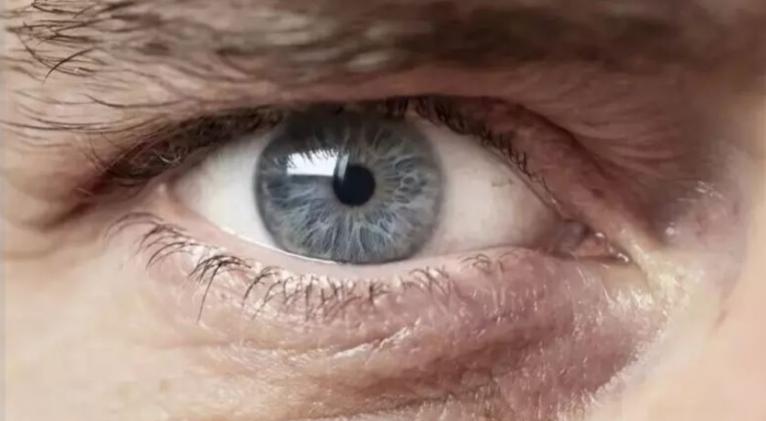
Florence, Dec 6. - Thanks to artificial intelligence combined with very high-resolution imaging techniques, it is possible to reveal the first signs of twenty of the main and most widespread chronic and degenerative diseases of the retina and to determine the biological age of a person.
These are the new frontiers of oculomia, a new field of research born thanks to the advance of imaging techniques, which analyzes the eye as a "mirror" of the health of the entire organism.
This was discussed at the XII International FLORetina ICOOR Congress, which is being held in Florence until December 8 and which brings together the main international experts in retinal pathologies from 64 countries around the world.
"From retinal analysis, artificial intelligence can already identify, like a specialist expert, diabetic retinopathy, macular degeneration and retinopathy of prematurity.
But the retina and optic nerve are extensions of the brain and, unlike any other part of the human body, they offer a unique opportunity for direct, live and non-invasive visualization of the neurosensory and microvascular systems," explains Stanislao Rizzo, president of FLORetina ICOOR, director of the Department of Ophthalmology at Polyclinic A.
A pioneering study published in Nature Biomedical Engineering has shown, for example, how deep learning techniques can analyze retinal images to accurately predict cardiovascular risk factors.
"From fundus images, AI-based algorithms, particularly those using deep learning, have been shown to be able to predict the risk of major cardiovascular events, such as heart attacks and strokes, and related risk factors, such as the presence of high blood pressure and atherosclerosis," it concludes. (Text and Photo: Cubasí)